Many thought that yoga is a form of mindfulness – it is and it is not. Yoga may be done just like any other form of exercise or workout. If you want your Yoga practice to be more beneficial, you can opt to incorporate mindfulness in it by doing mindful yoga. Here’s all you need to know about mindful yoga.
Mindful Yoga
The benefits of mindfulness are well-known to everyone as it is proven effective for almost anyone who is practicing it. Mindful Yoga is yet to be popular. It is the application of traditional Buddhist mindfulness teachings on the physical practice of yoga. Going deeper and making it a life-changing approach.
Mindfulness has been always associated with the practice of yoga. Mindful yoga focuses on the mind and body awareness where a person practicing it cares much about the sensations that yoga brings rather than on their body alignment and physical posture. The goal of mindfulness in yoga is to cultivate mindfulness and bring awareness to the physical activity by shifting the focus to the exact moment and transforming every movements to a form of meditation. Mindful yoga is a form of observation rather than reacting. You get to observe your mind and how your body feels while doing different yoga pose.
MBSR or Mindfulness-Based Stress Reduction is a practical training program developed by researchers and scientist to assist people who are suffering from anxiety, depression and pain. It is backed up by science and was proven to be effective in decreasing the participant’s symptoms.
4 Foundations of Mindful Yoga
1. Mindfulness of the Body
Awareness of the body is just one of the four foundations of mindfulness. As the body is a collection of many parts, the skin, bones, teeth, nails and all the other parts are within an even bigger or larger entity – the body. Mindfulness helps us train ourselves to observe out body part by part, rather than focus on the whole body itself.
2. Mindfulness of Feelings
Mindfulness is defined as a state of awareness which means that one should be aware of both your bodily sensations and emotions. These feelings may be pleasant, unpleasant or neutral. Mindfulness makes us observe and fully acknowledge such feelings, in this way we learn to accept and be more aware of it. That feelings are just an emotion or sensation that should not overpower us but instead make us see the truth in ourselves.
3. Mindfulness of Mind
The mindfulness of mind does not refer to the mind that is responsible for thinking but more on the consciousness or awareness side of the mind. Since the mind has many wonders, the information that it gathers has a great impact on our internal mental status. If we pay attention more on how the thought rises than what our thoughts are, then we may learn not to attach ourselves or our identity in these thoughts.
4. Mindfulness of Dharma
“Dharma” is a Sanskrit word which means “Yoga”. It can also be defined as the “natural law” or “the way things are”. Another foundation of mindfulness is that of mental objects where we learn that everything that we see around us exists for us only as mental objects. They are a manifestation of reality that was translated in our mind through our senses.
Mindfulness of Dharma is a practice of awareness of the existence of the things that is surrounding you and being aware that they are only temporary and conditioned by everything else.
4 Mindful Yoga Poses
1. Savasana or the Corpse pose
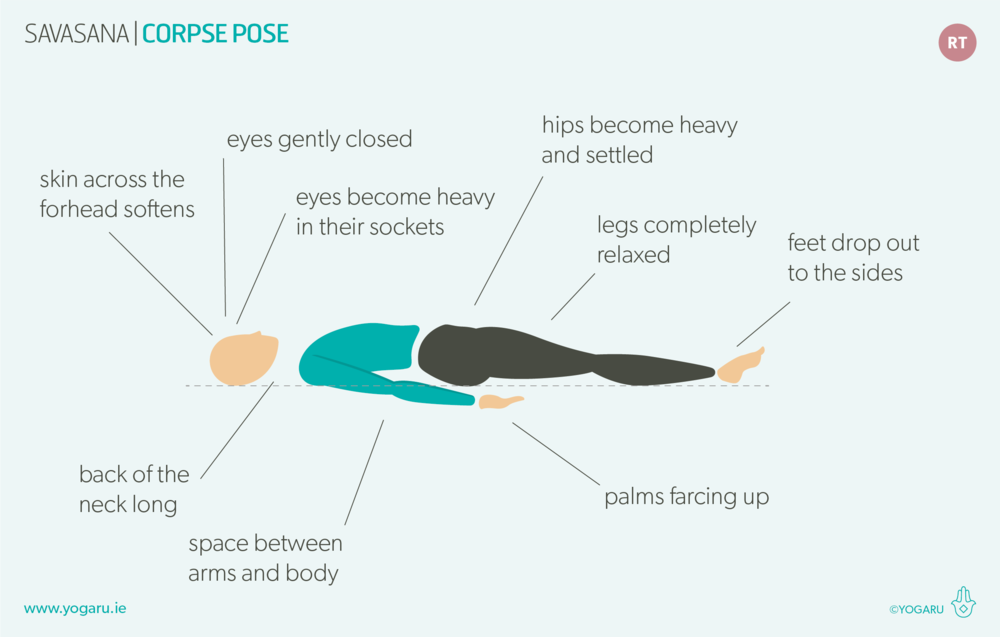
Savanasa is just one of the 4 poses that was taught by Buddha. It is done by lying on your back with your feet at least 12 to 18 inches apart, arms at your sides a few inches away from your torso with the palms facing upwards. Let your gravity overcome your body and surrender your full weight to it. You can do it to start or end your yoga practice.
While on this position, focus on your breathing and your bodily sensations. Let it overwhelm your body and observe how your body reacts to it. If your mind wanders, try to bring it back to the breath and the body.
2. Eye-of-the-Needle Pose
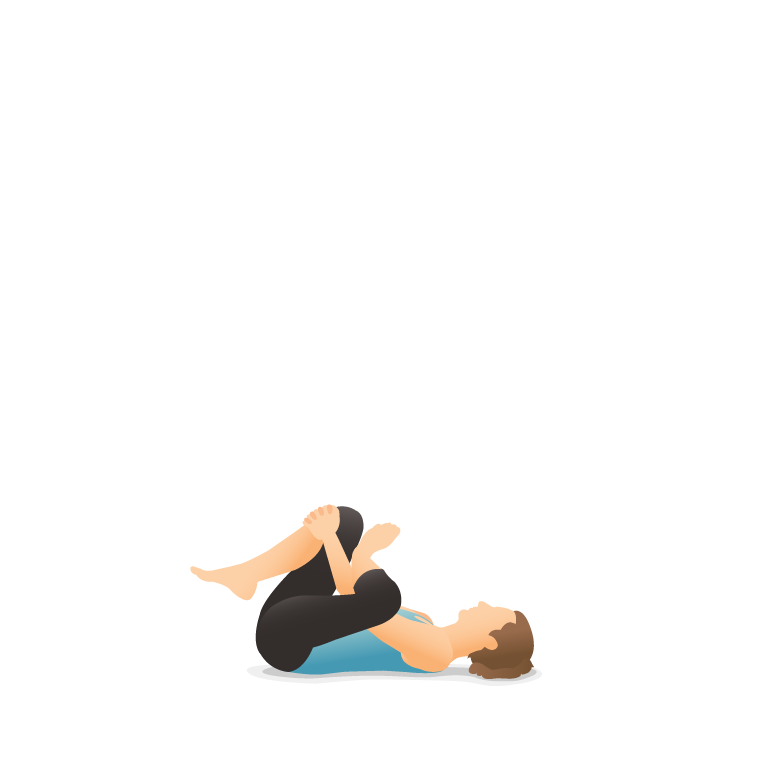
After Savasana, still lying on the floor, place your other right shin on your left thigh then draw your left knee towards your chest. Reach between your legs with your arm and around the outside of the left leg with your left arm and clasp your hands. Observe if your breathing was held or restricted while stretching and then continue your normal breathing.
3. Cat- Cow Pose
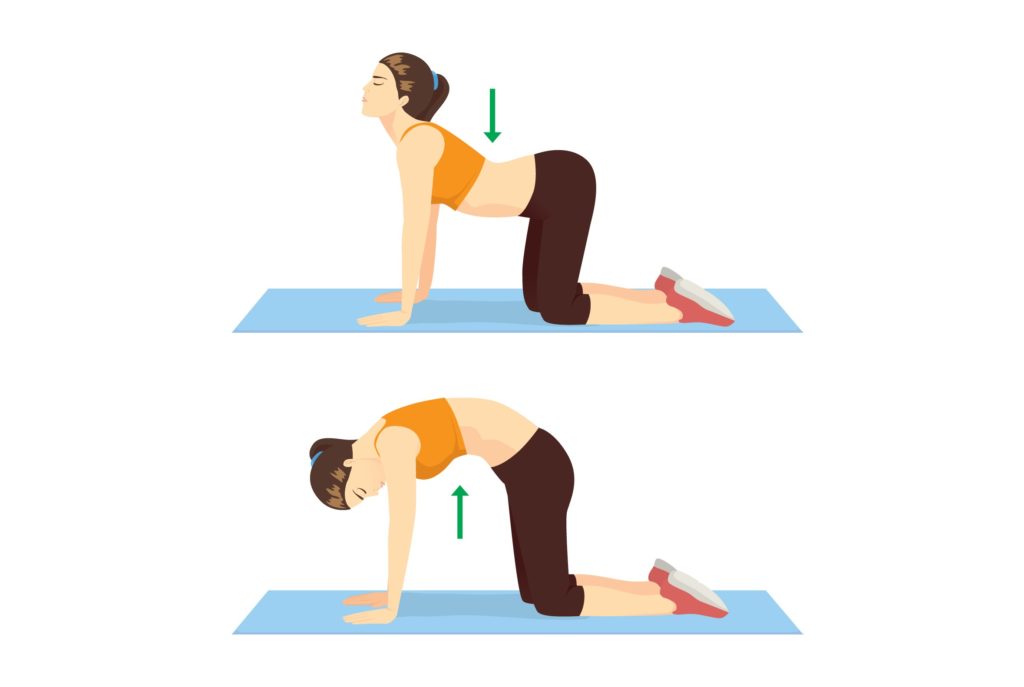
Position your body on a hands and knees position with the hands directly under the shoulders and the knees under the hips. On inhalation, tilt the pelvis forward, opening the belly toward the floor and let the spine move into the torso creating a gentle backbend. Reach the crown of your head and tailbone towards the celing. While exhaling, round your back and scoop the tailbone between your legs then tilt your head to gaze back towards the thigh. Do this a couple of times while breathing normally.
4. Adho Mukha Svanasana (Downward-Facing Dog Pose)
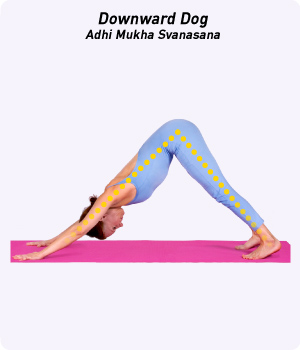
Do a downward facing dog pose. Tuck your toes under, lift your hips and strengthen your legs. Coordinate your breathing as you straighten both of your legs and stay on this position and do at least 8 to 15 breaths. Enjoy the experience and create different postures. Don’t forget to put yourself in a state of awareness while practicing this yoga pose.
There are many other yoga poses that you could try. These are only a few examples of it. Yoga is a good practice of mindfulness as it coordinates both the mind and the body benefitting both of it. Let us know if you were able to try these yoga pose and how it change your life.
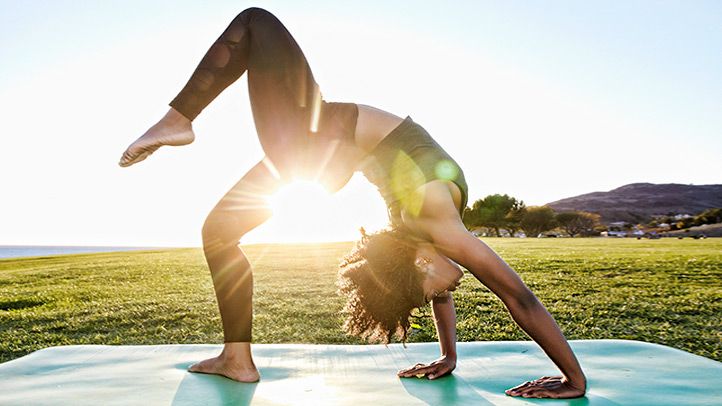




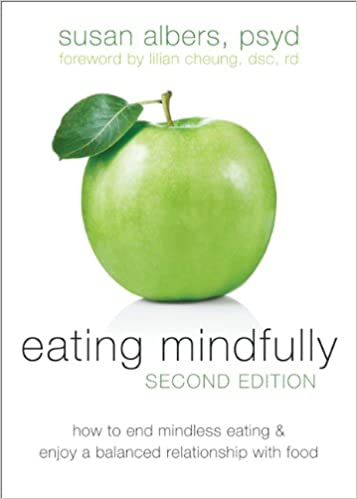
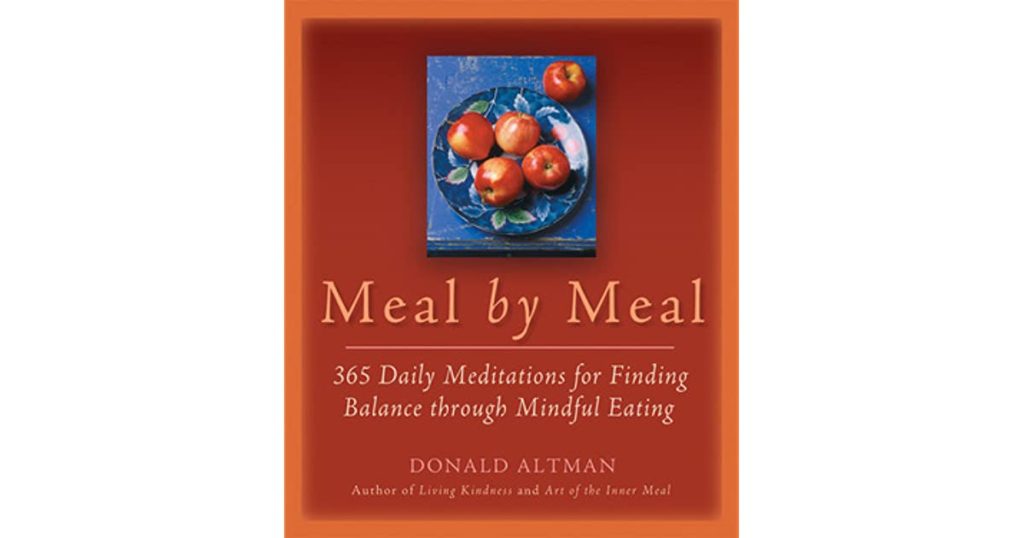
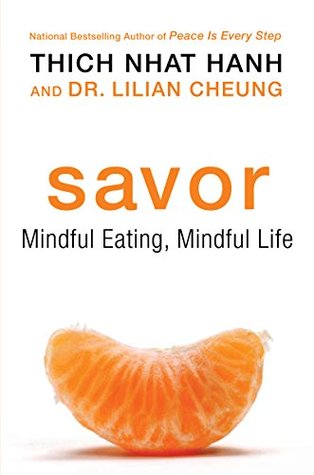

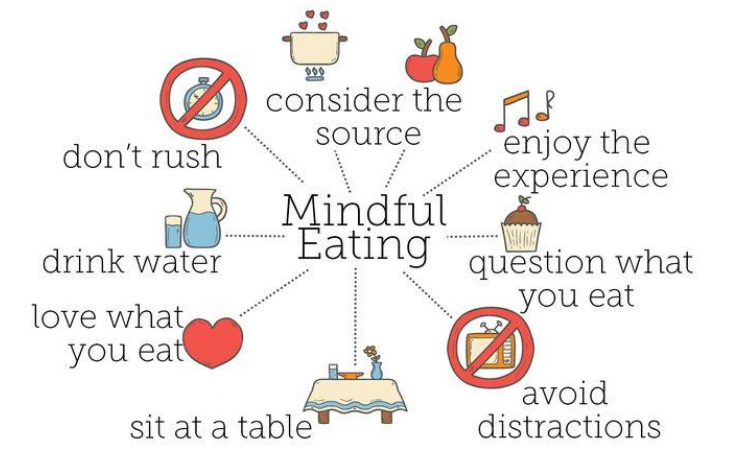




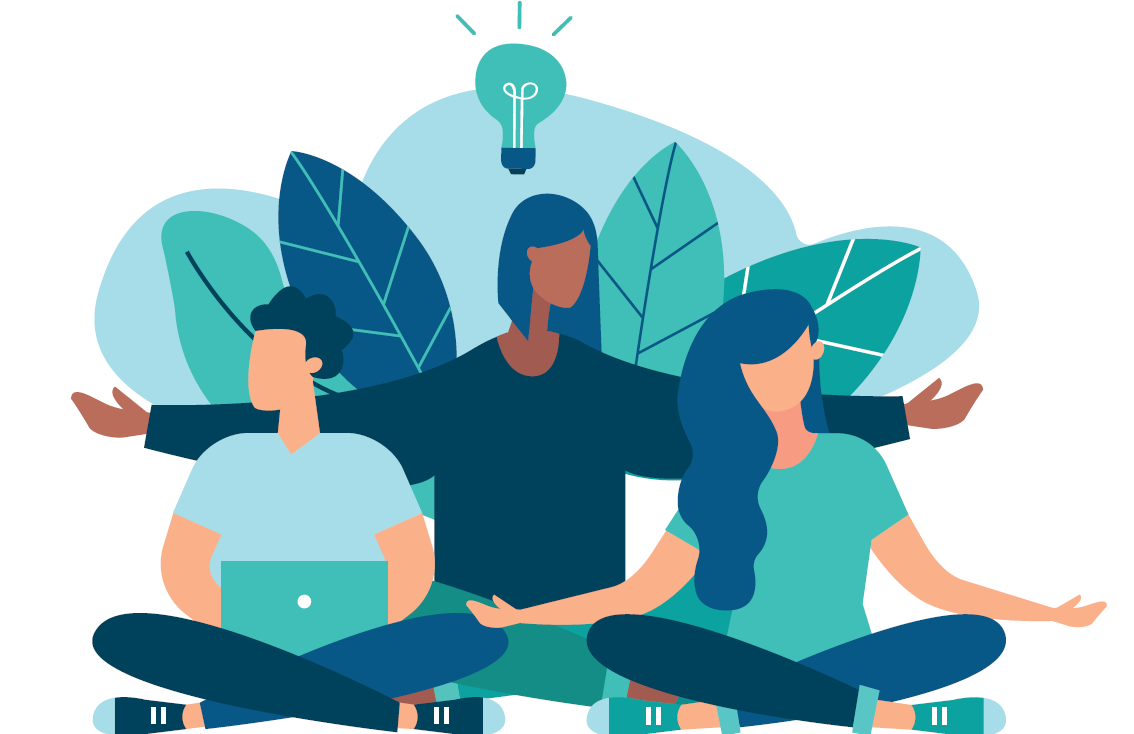
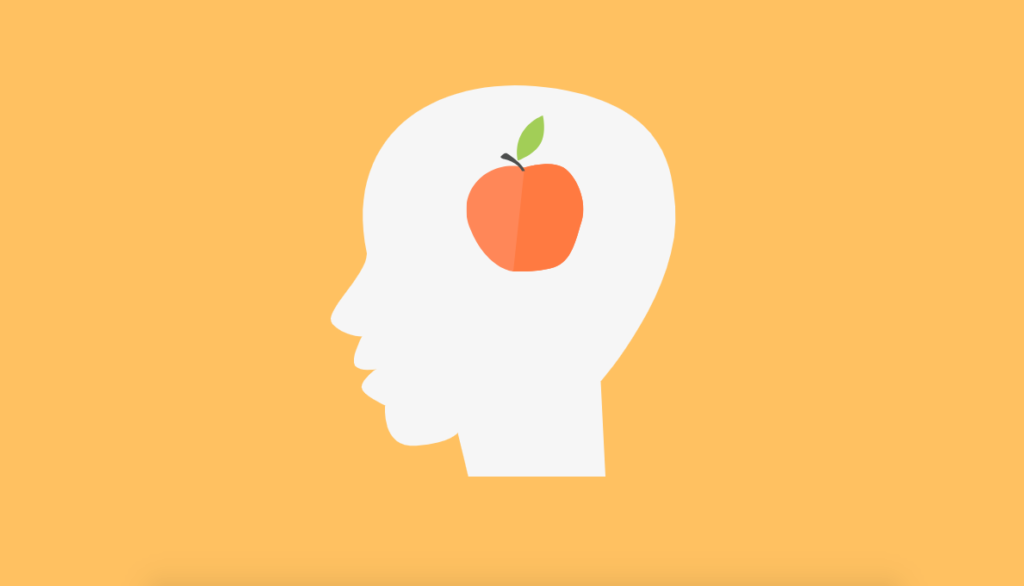



 Kaizen is the simple technique of practicing something for one minute every day.
Kaizen is the simple technique of practicing something for one minute every day. Even the biggest mountain can seem smaller if you take it one step at a time.
Even the biggest mountain can seem smaller if you take it one step at a time. A simple technique that requires daily discipline to achieve noticeable results.
A simple technique that requires daily discipline to achieve noticeable results. Each step that you take in your personal growth is a cause for celebration.
Each step that you take in your personal growth is a cause for celebration. Imagine what you could achieve through the pursuit of continuous improvement.
Imagine what you could achieve through the pursuit of continuous improvement.